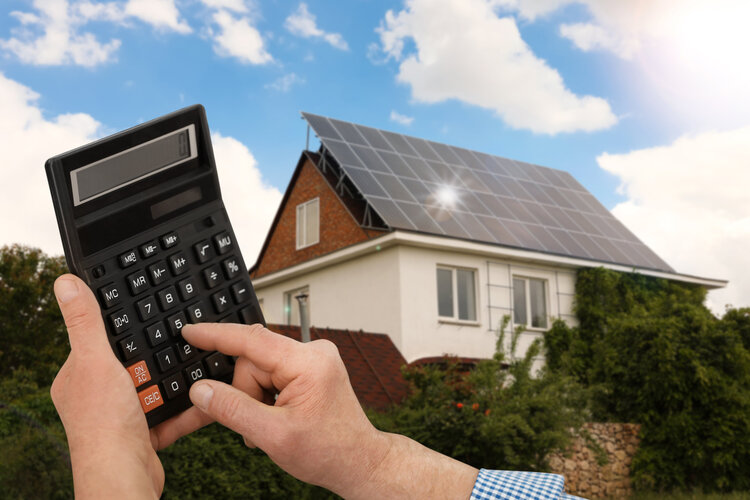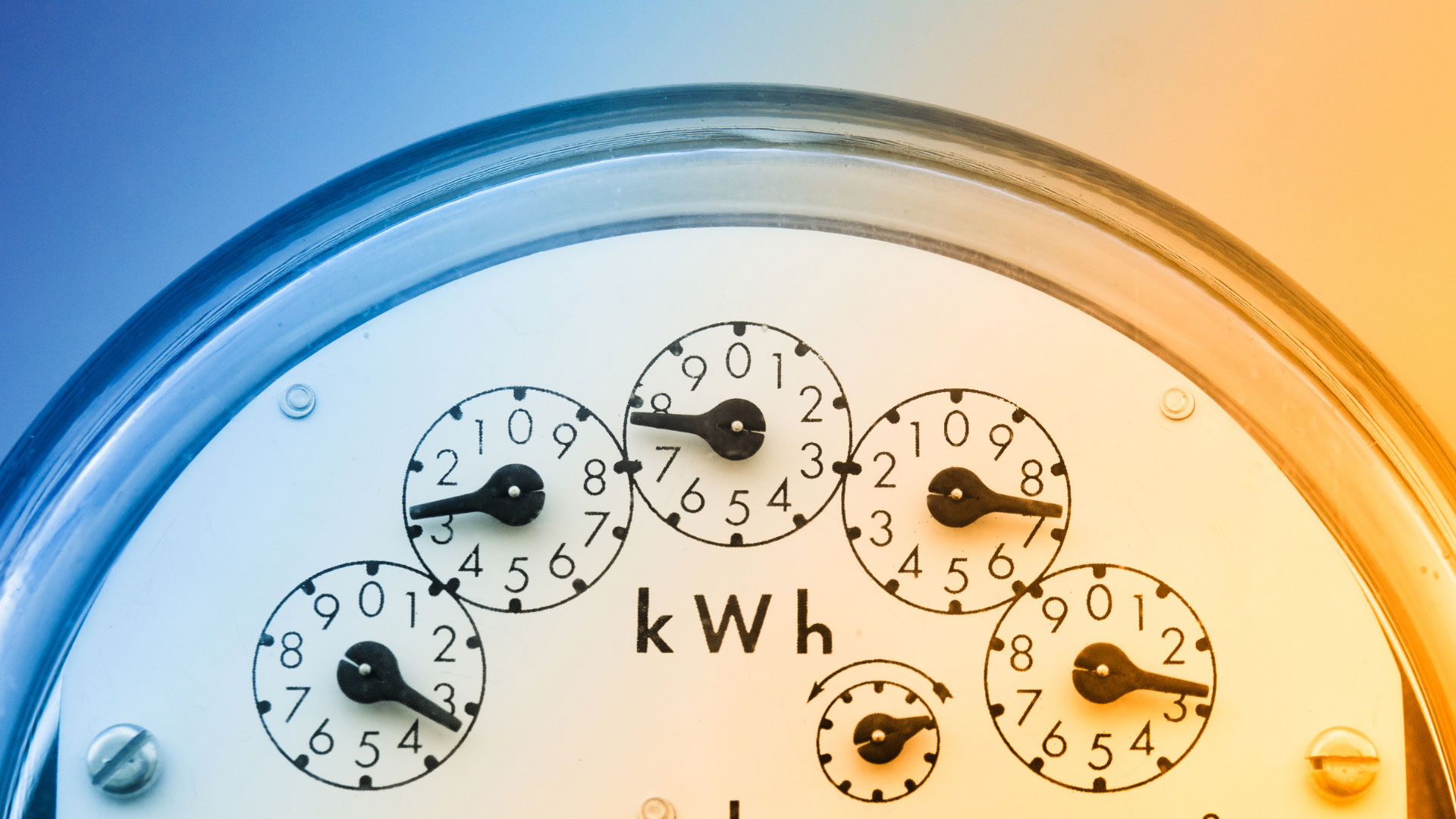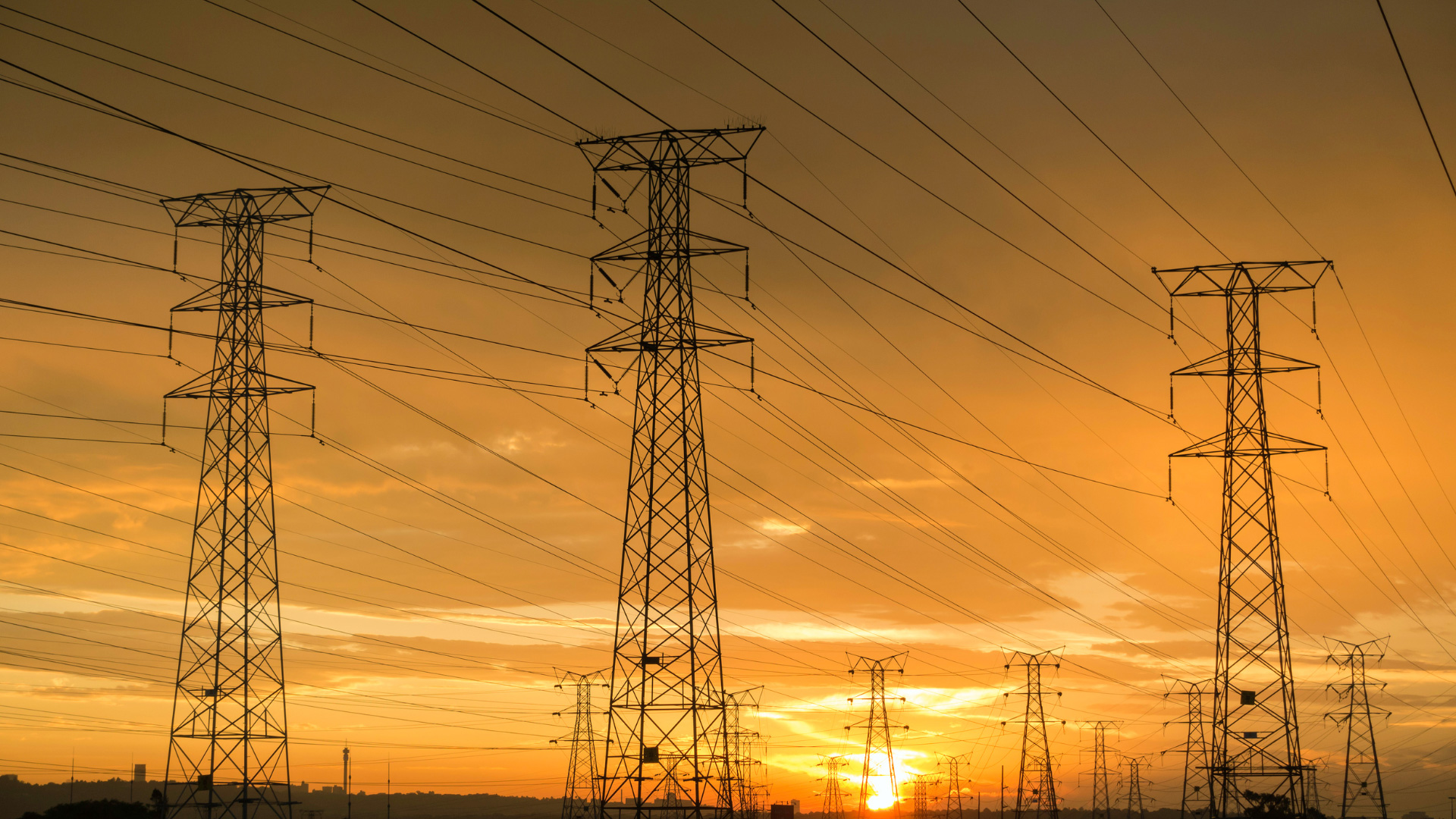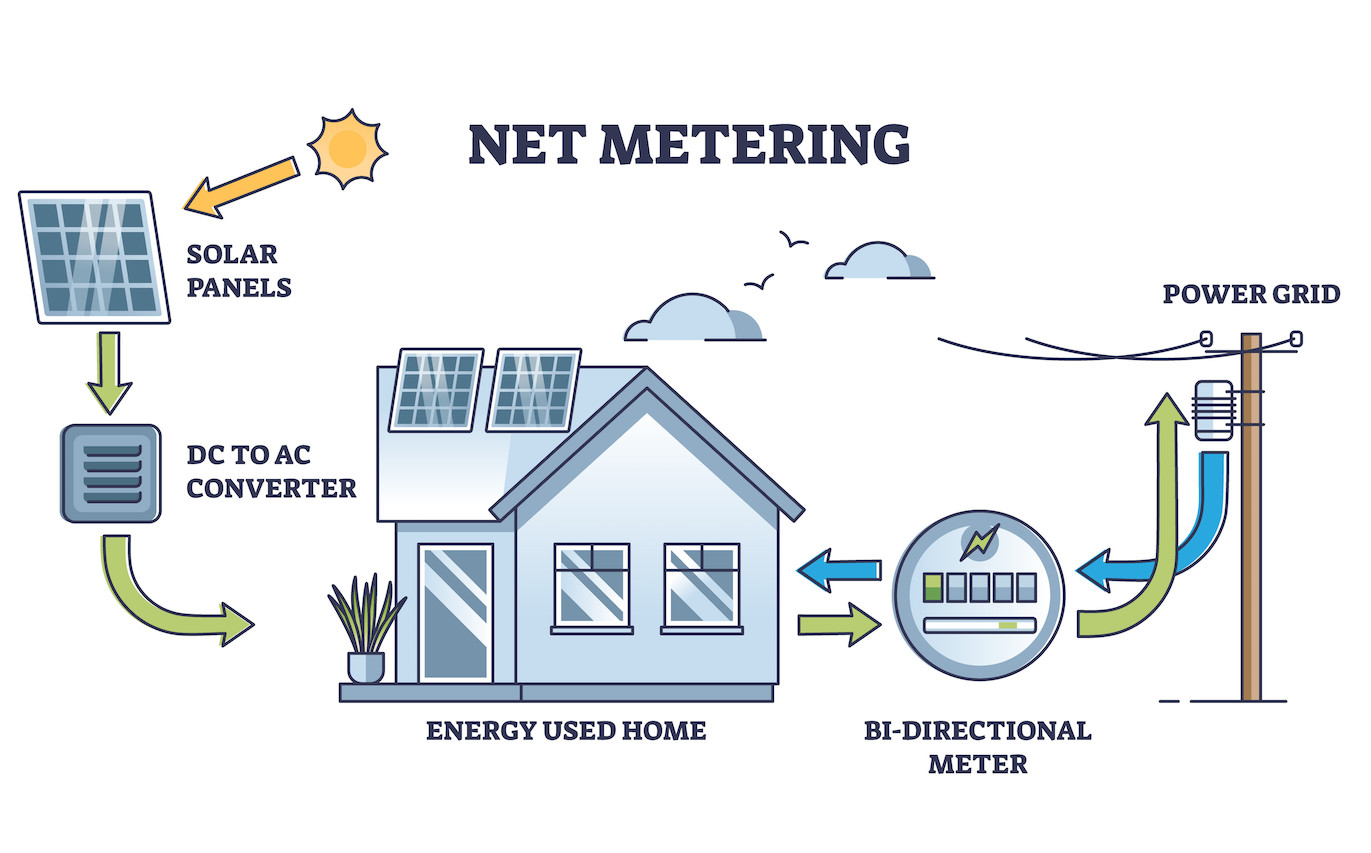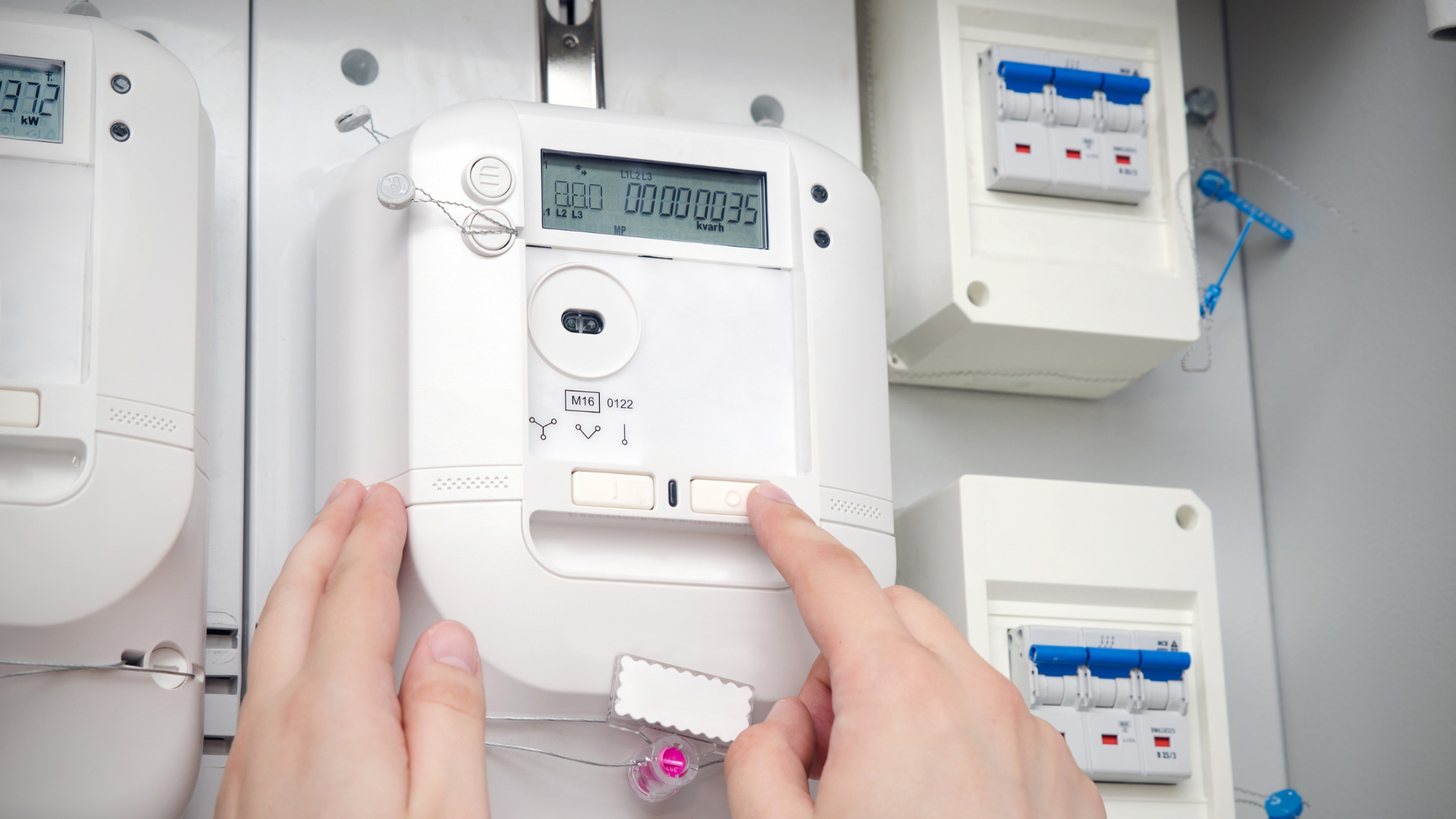The California Public Utility Commission (CPUC) passed NEM 3.0 in December 2022. NEM 3.0 is more of an amendment proposed by the CPUC at the end of March 2021, with one of the main goals being to generate revenue for public service programs in California.
The new bill will reduce monthly energy bill savings for solar owners. Therefore, solar owners must act quickly to lock in NEM 2.0 rates. Learn more about NEM 3.0 below.
What is net energy metering (NEM)?
Net Energy Metering (NEM) is a billing structure between utilities and solar owners, allowing solar owners who produce their own electricity from solar to sell unused electricity back to the grid. This means that solar customers (owners) are only billed for their net energy use. Many states, including California, have passed net metering laws.
Benefits of Net Energy Metering to customers include:
- Customers have control over their electricity bills. NEM allows customers to export excess power back to the grid
- As a result, NEM helps customers to reduce future electricity bills and increase their savings.
Other benefits of NEM include;
- Creating jobs and encouraging private investment. NEM increases the demand for solar energy, thus creating more jobs for installers, manufacturers, electricians, etc.
- Protecting the electric grid. By encouraging electricity generation near the consumption point, NEM reduces the strain on distribution channels. It also hinders losses in long-distance electricity transmission and distribution.
How is NEM 3.0 different?
Changes that NEM 3.0 is expected to bring to the previous net metering policies (NEM 1.0 and NEM 2.0) include:
- Reduced net metering bill credits. NEM 3.0 features an 80% reduction in bill credits.
- Increased grid access charges. The fee increase needed to access the grid negates a significant portion of the energy savings users under NEM 2.0 currently enjoy.
- Extended Returns On Investment. Solar customers under the NEM 2.0 can expect to notice full investment returns in about six years. However, new customers under NEM 3.0 with identical systems can expect to notice full investment returns in 17 years.
- Increased installation costs. The reduced value of exported energy will force manufacturers to build smaller solar-only systems to maximize onsite energy usage. This will reduce large-scale projects’ cost-effectiveness and lead to increased installation costs.
- The reduced overall value of solar. Customers will likely notice a 55-75% loss in solar value.
How does NEM 3.0 affect California homeowners?
Most states offer credits equal to the retail rates of electricity for exported solar production. NEM 3.0 establishes a new rate for crediting solar exports. It changes the structure from net metering to net billing, which is ridiculously lower in value.
NEM 3.0 is based on “avoided cost” rates. This means that what your utility pays for any electricity you export to the grid will be calculated separately instead of being based on your usual electricity rates. The actual rate will vary depending on the time of the day, day of the week, or month that you export electricity.
The result is the reduced value of net metering credits. This will have a significant impact on solar savings for customers. It will undoubtedly extend the expected time before new solar customers can enjoy their returns on investment for solar installation.
What You Can Do Now
Fortunately, you can lock in your current NEM 2.0 rates before NEM 3.0 goes into effect this April 2023. Here is how:
- Submit a final interconnection application before NEM 3.0 goes into effect in April 2023.
- Replace an old solar panel system
- Add more capacity to your solar system
- Add a battery to your solar energy system.
Act Now to Secure NEM 2.0 Rates
NEM 3.0 comprises the latest policy changes to the predecessor policies. Despite the changes, NEM 3.0 isn’t as appealing to new solar customers as the previous policies. It will significantly reduce monthly energy bill savings and extend customers’ ROI.
Fortunately, you can lock in your current NEM 2.0 rates before NEM 3.0 rates take effect in April 2023 by submitting your final interconnection application before April 14, 2023. Contact Solar Optimum to start the installation process immediately.

